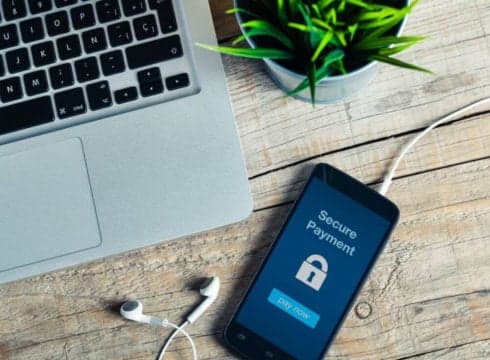RBI has waived off charges levied by banks under RTGS and NEFT
The central bank had reviewed bank documents to study these charges
It has also waived off processing charges for banks which were being passed on to customers
Inc42 Daily Brief
Stay Ahead With Daily News & Analysis on India’s Tech & Startup Economy
With an eye on giving a bigger push to digital transactions and online payments through bank accounts, the Reserve Bank of India (RBI) has decided to waive off all customer-facing fees and charges on transactions through Real Time Gross Settlement System (RTGS) and National Electronic Funds Transfer (NEFT) systems. The new rules go into effect from today. The biggest benefit of the decision are the lower fund transfer charges for bank customers, using internet banking or online payments for services.
The central bank had reviewed various charges levied by its member banks for online transactions processed under RTGS and NEFT. RTGS is used for real time transfers of funds above INR 2 Lakh, while NEFT is used for fund transfers of up to INR 2 Lakh. Both are available for internet banking customers at RBI member banks
In response to the decision, the Indian Banks’ Association Chairman Sunil Mehta said customers will have to pay lower fees to banks, which could make digital transactions more attractive.
Charges for NEFT and RTGS vary from bank to bank. State Bank of India (SBI) and ICICI charge between INR 1 and INR 50 for NEFT or RTGS transactions, depending on the amount and mode. On the other hand, HDFC had waived off NEFT and RTGS charges in 2017.
The primary objective behind waiving off the charges is to give a boost to digital payments and online banking. In addition to this change, the RBI has also waived off processing charges and time-varying charges levied on banks for outward transactions through RTGS, as well as the processing charges for transactions processed in NEFT.
These are the “minimum charges” that RBI levies on banks, which were in turn being passed on to customers using RTGS or NEFT route for transacting.
The question is will these changes increase digital payments adoption in rural India. A clear marker of the lack of adoption at the grassroots level is the glaring fact that only a mere 2% of the rural population in India above the age of 15 years had used the internet to pay bills. While the urban population fared slightly better, overall only 4% of the overall Indian population above the age of 15 had used the internet to pay bills or purchase something online, according to World Bank data.
When compared to other rising economis, India fares worse off, especially when you look at the fintech adoption in China. Rural debit card ownership in India was 26% in 2017 in comparison to China’s 63%. With such low figures for debit cards, internet banking may be India’s best bet to improve its digital payments score and the financial readiness of Indian banking customers.
The RBI has focussed specifically on these two modes of payments in the recent past. It also extended the time window for RTGS from 4:30 pm to 6 pm, making it a little more flexible for business or retail customers.
In April, the National Payments Corporation of India (NPCI) has received approval from the RBI for implementing e-mandates for internet banking, allowing customers to set up recurring payments.In a circular, NPCI informed member banks to take steps to implement the measure by the end of June. The limit for each mandate is set at INR 1 Lakh, and depending on the usage, NPCI will review the limit in due course.
{{#name}}{{name}}{{/name}}{{^name}}-{{/name}}
{{#description}}{{description}}...{{/description}}{{^description}}-{{/description}}
Note: We at Inc42 take our ethics very seriously. More information about it can be found here.


